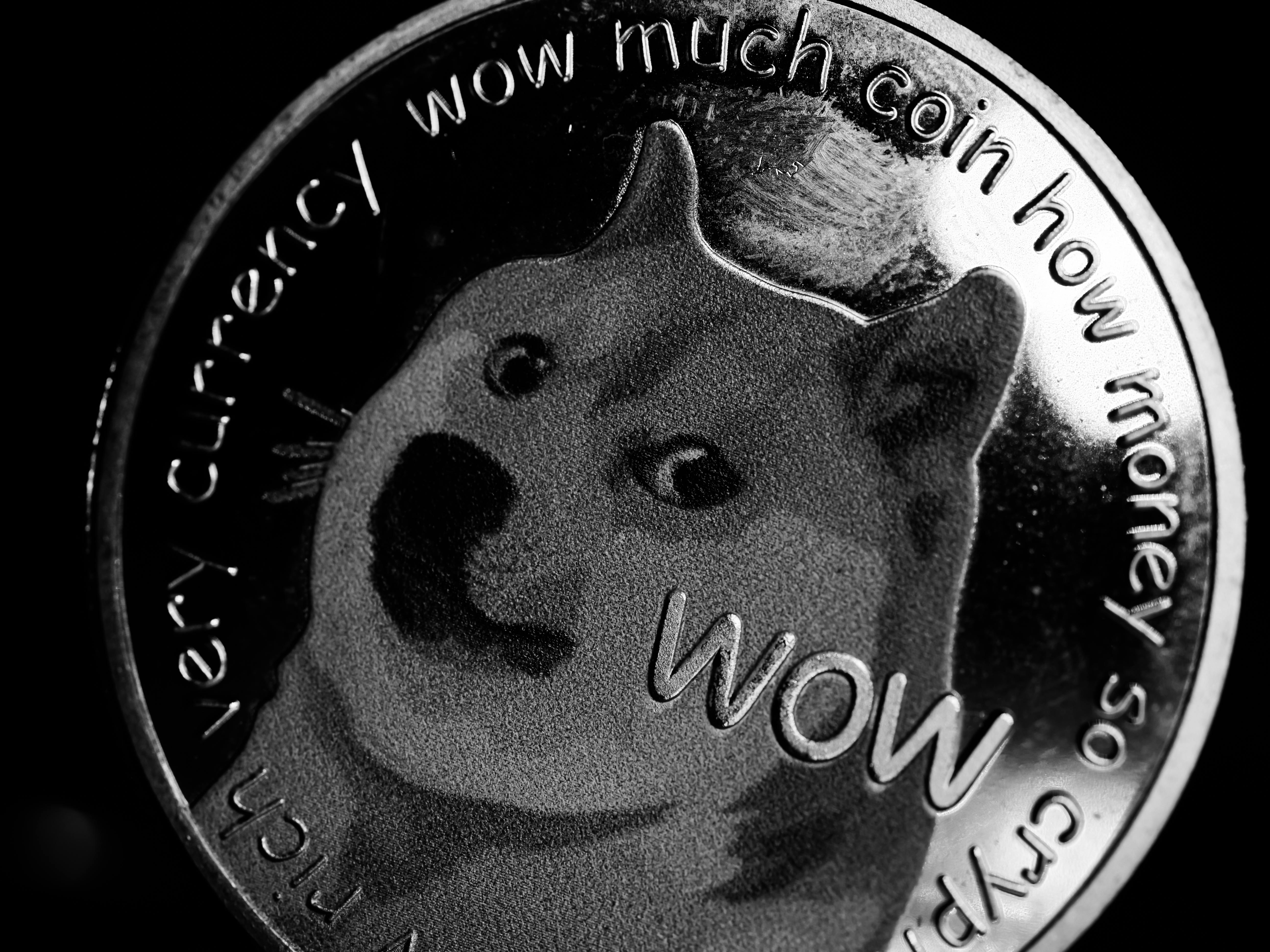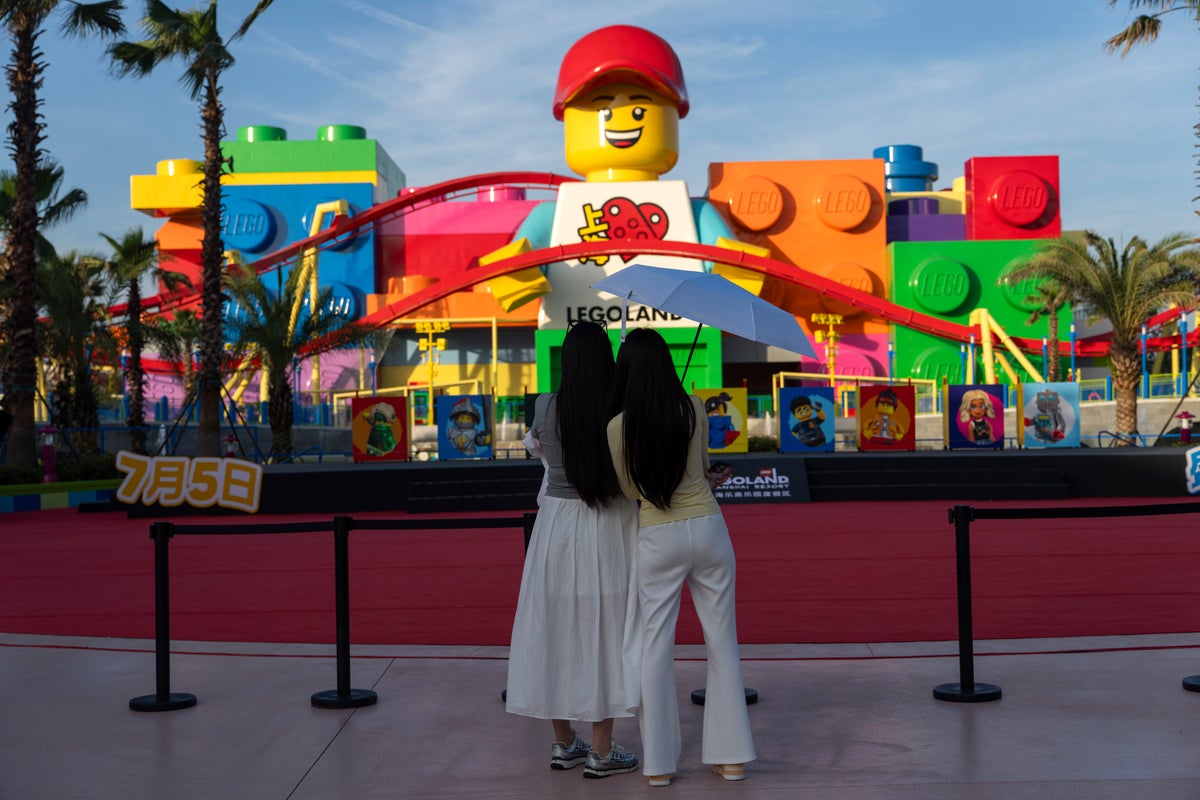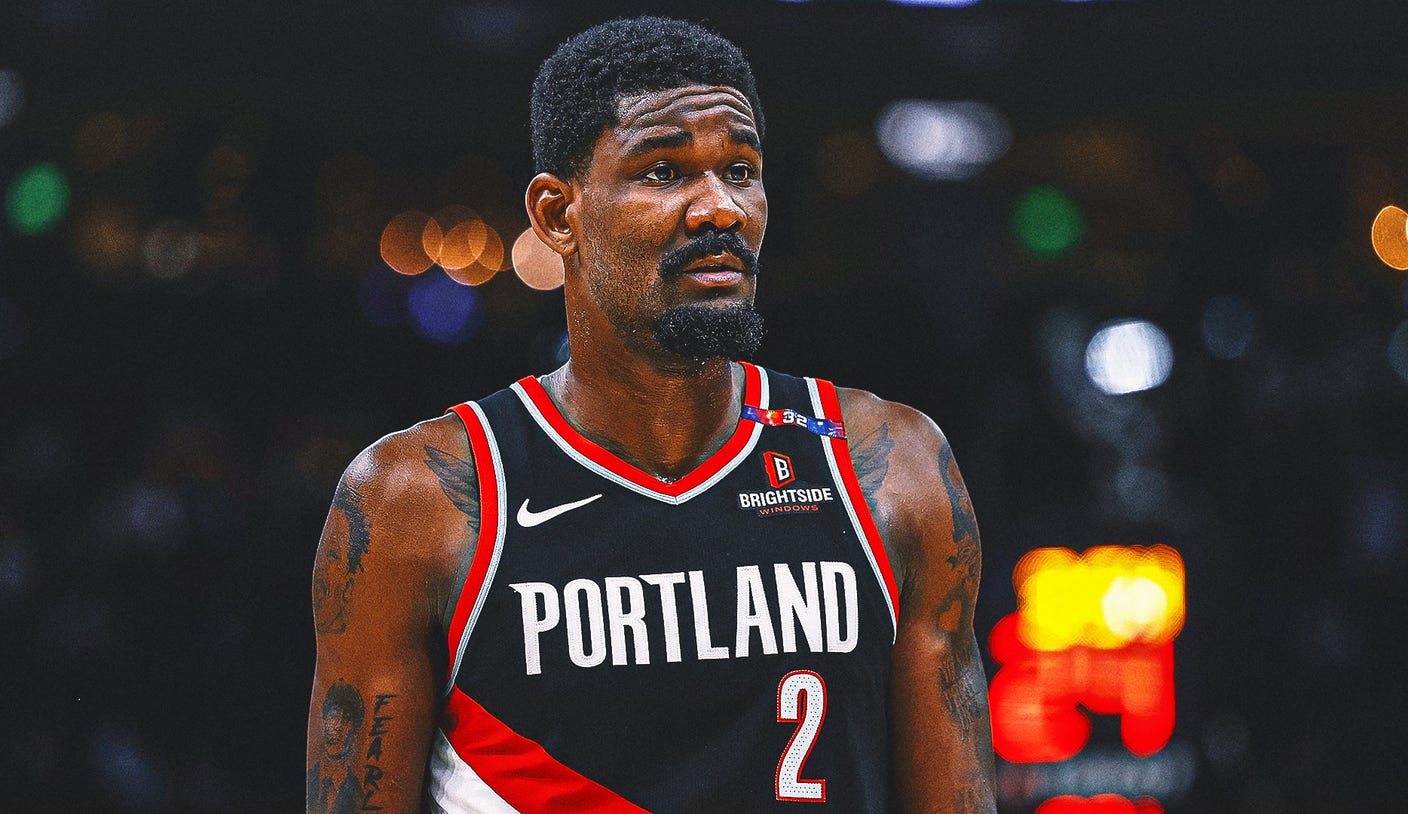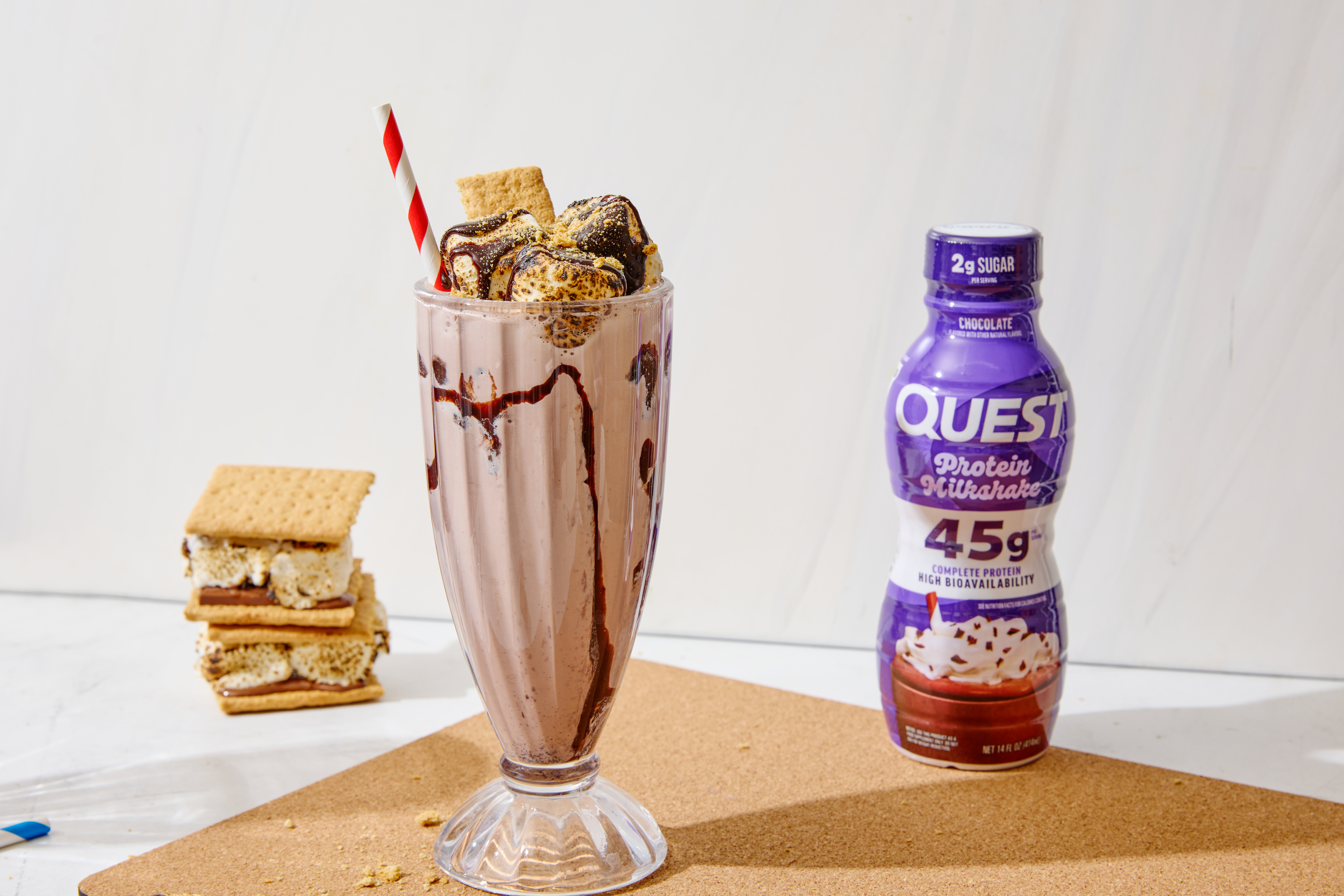Case Study—Visualizing Value for Top General Merchandise Retailers
Shopping had been transformed in the past half century. Shoppers have changed since the relative stability of the 1970s and earlier, which had been fairly consistent in the post-World War II era.

Retail shopping has shifted from 1960s' mall-centric, in-person experiences to 2024's omnichannel approach. Modern shoppers blend online and in-store interactions, leveraging technology for convenience, personalization, and sustainability. Advances in AI, e-commerce, and data analytics now drive customer engagement, contrasting with the more straightforward, product-focused, face-to-face shopping of the past. A recent development includes sustainability and ethical consumption as major trends, with some consumers favoring eco-friendly and socially responsible brands. Still, most major studies show that bang-for-the-buck, value, is still king, particularly in the post-pandemic era of inflation and political instability in the United States. In this piece, we are going to look at both of these new realities and exhibit a case study where we measure where consumers stand on sustainability and social responsibility as applied to retail corporate behavior. We will group these consumers into three categories based on a simple Q-factor segmentation. Next, we will introduce a technique called the Value Index. In this approach, respondents rate 15 retailers on a perceived value scale of 1 to 5. The Value Index will then rank these perceptions, and we will demonstrate an effective way to visualize the results. Lastly, how do our three consumer groups perceive value among our group of companies? A visual perceptual map, or correspondence analysis, can illustrate this by showing which of the top 15 general merchandise retailers in the United States are most closely associated with each consumer group. In the 1970s, when I was growing up, the giant retailers that dominated everyone's attention from the foreseeable past were Sears, Kmart, and Woolworths. By the 1980s, Walmart, Target, and J.C. Penney emerged as strong competitors, challenging Sears and Kmart in the US retail market. In 1990, Walmart became the country's largest general merchandise retailer by annual sales, surpassing Kmart and Sears. The fear that Walmart would ruin the United States began to gain significant traction in the 1990s and early 2000s. This period marked Walmart's rapid expansion across the country and its rise to become the largest retailer in the United States and the world. Also, in the 1990s Costco introduced its membership warehouse club model, offering bulk goods at competitive prices and high-quality private-label products. In the 2000s the internet changed everything. That year began the dominance of Amazon and the consolidation of industries into major corporations such as Home Depot (home goods), Best Buy (electronics) and Michaels (arts and crafts). CVS Health grew significantly, acquiring Aetna and expanding its role in healthcare beyond traditional pharmacy services. The 2000s marked a paradigm seismic shift in consumer behavior. Since 2000, retail shopping has transformed dramatically due to technological advancements, shifts in consumer behavior, and the evolving retail landscape. The rise of e-commerce, mobile shopping, omnichannel retailing, ubiquitous smart phones and personalization have all shaped the era of Amazon and online shopping. So, who is on top now? For this case study, the first step in cluster analysis is called a "Q-Factor." This involves performing factor analyses on the issues and attitudes within each of the four attitude arrays found in the example. In our case, respondents were asked to rate their agreement with the statements (shown below) on a scale from 1 to 5. The factor analysis creates variables for each factor using a regression technique. Each respondent receives a factor loading (similar to a correlation coefficient) for each factor. A respondent is placed into the factor where he has the highest loading. A quick note: Although this article is a mock case study, the percentages in the above table are roughly consistent with studies I've conducted in the past year. While a significant number of consumers are concerned about corporate behavior or eco-friendly policies, value remains the primary driving factor. Respondents were then shown a list of top General Merchandise Retails and asked to rate their value of on 1-to-5 scale. Top 2 Box (4 5) percentages are shown below, in total and by our three consumer groups. When indexed to the average Top 2 Box scores and resorted, we get a table which shows us a ranking of perceived value for each of the general merchandise retailers. Perceptual mapping is a graphics technique used by marketers that attempts to visually display the perceptions of customers or potential customers. Typically, the position of a product, product line, brand, or company is displayed relative to their competition. Proximity of brand attributes indicates brand association relative to others in the map. With perceptual maps, proximity, not quadrant, is the actionable insight. I like to explain to clients that the brands, or in our case consumer groups (red labels) are planets and the stores (blue labels) are moons. The closer a red label is to a blue label, the most those consumer in that group identify with their nearest moons in relation to all other consumer groups and retailers. I like perceptual maps in conjunction with the Value Index for the following reasons. Correspondence maps offer a more insightful and visual way to analyze data compared to straight percentage tables. They allow for the simultaneous examination of relationships between rows and columns in a contingency table, revealing patterns, associations, and trends that might not be immediately apparent in raw percentages. Correspondence maps take a snapshot of the entire stew, making it easier to identify similarities or differences between our different shopper types and their associated value visions of retailers in the analysis. Upon examining the map, we observe that three corporations associate value with Corporate Responsibility. Dollar General is positioned between Corporate Responsibility and Eco-Awareness. Within the Eco-Aware segment, four retailers associate eco-friendliness as a value more than others. Additionally, four of the ‘big’ major general merchandise retailers are more closely associated with value rather than corporate stances on responsibility or eco-friendliness. In conclusion, visualizing value for top general merchandise retailers provides crucial insights into how these companies position themselves in relation to key attributes such as Corporate Responsibility and Eco-Awareness. By utilizing perceptual maps, we can identify distinct clusters of retailers that prioritize different aspects of value, allowing for a more nuanced understanding of market positioning. This visual representation highlights not only the competitive landscape but also the varied value propositions offered to consumers. Understanding these dynamics enables better strategic decision-making, helping retailers align their brand strategies with consumer expectations and market trends. Ultimately, this analysis underscores the importance of value perception in shaping consumer choices and driving business success. Michael Lieberman is founder and president of Multivariate Solutions, a statistical and marketing research consulting firm that works with major advertising, public relations, and political strategy firms. He can be reached at 1.646.257.3794, or at michael@mvsolution.com. Shopping had been transformed in the past half century. Shoppers have changed since the relative stability of the 1970s and earlier, which had been fairly consistent in the post-World War II era.
Shopping had been transformed in the past half century. Shoppers have changed since the relative stability of the 1970s and earlier, which had been fairly consistent in the post-World War II era.A Brief History of the Retail Wars
Factor Analysis—Snapshot of Consumer Attitudes
Figure 1 – Factor Analysis of Corporate Behavioral Statements

Figure 2 – Factor Analysis Segmentation Frequency Table

Value Measure Comparison
Figure 3 – Top 15 General Merchandise Retailers in the United States Shown in Order of Annual Revenue

Figure 4 – Top 15 General Merchandise Retailers in the United States Shown in Order of Indexed Value

Correspondence Analysis - Perceptual Maps
Figure 5 - Perceptual Map Top General Merchandise Retailers

Conclusion

 JimMin
JimMin 











![Benefits of Hiring a Fractional CMO – Manny Torres – [VIDEO]](https://www.digitalmarketer.com/wp-content/uploads/2022/04/YOUTUBETHUMB_FracCMO_1.jpg)





















